Home>Furniture>Living Room Furniture>How To Prevent Cushions From Sliding
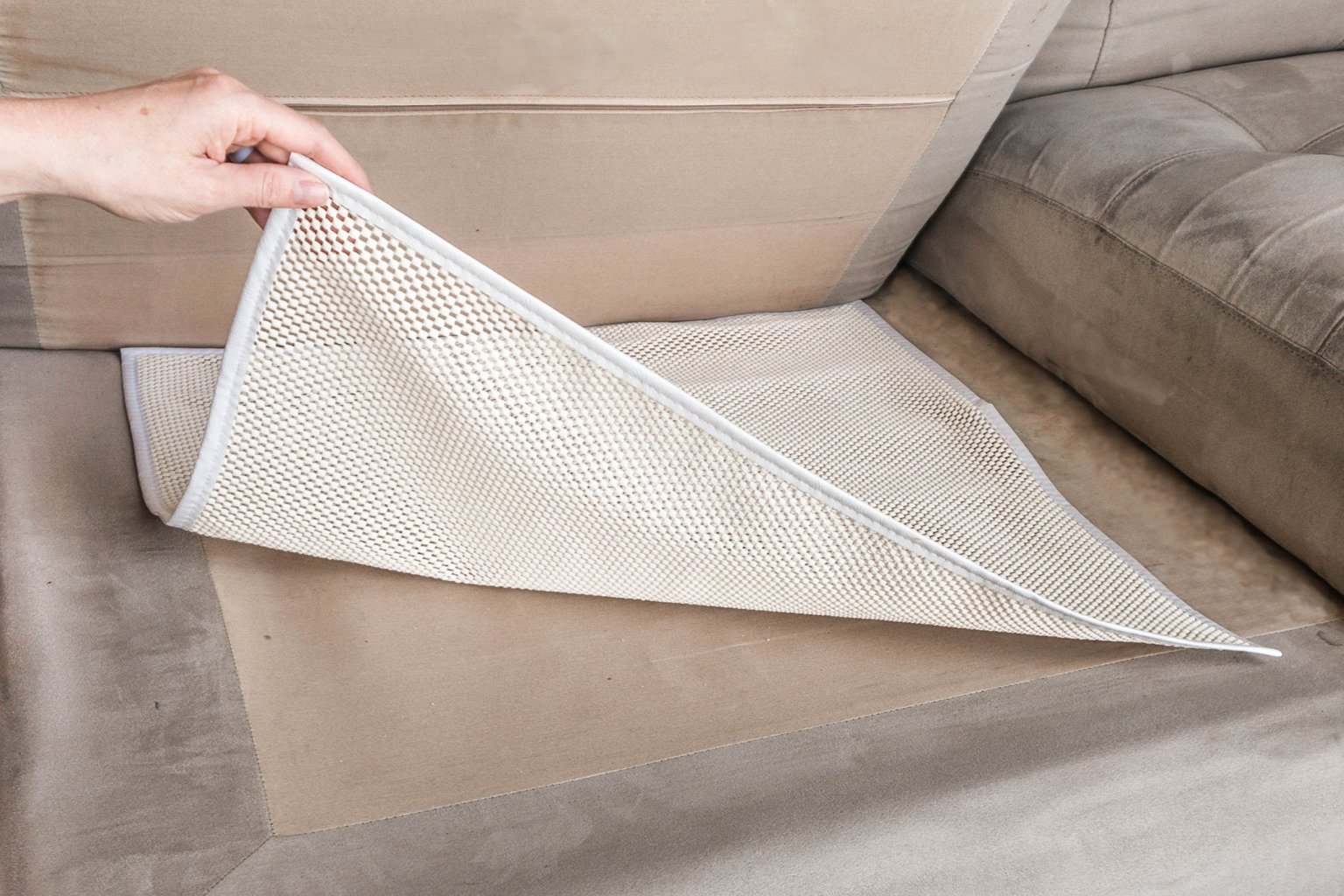

Living Room Furniture
How To Prevent Cushions From Sliding
Modified: March 16, 2024
Prevent cushions from sliding with these effective tips. Keep your living room furniture in place and enjoy a hassle-free seating experience.
(Many of the links in this article redirect to a specific reviewed product. Your purchase of these products through affiliate links helps to generate commission for Storables.com, at no extra cost. Learn more)
Introduction
When it comes to living room furniture, comfortable and plush cushions are essential for creating a cozy and inviting space. However, one common frustration that homeowners often face is cushions that constantly slide out of place. From sofas and chairs to ottomans and loveseats, loose cushions can be a nuisance that interrupts relaxation and disrupts the aesthetic appeal of your living room.
Thankfully, there are several methods available to prevent cushions from sliding. In this article, we will explore various solutions and offer practical tips to keep your cushions in place and maintain the overall look and comfort of your living room furniture.
Key Takeaways:
- Say goodbye to sliding cushions with gripper pads, Velcro strips, and non-slip fabric. Keep your living room cozy and organized without the hassle of constantly readjusting cushions.
- Prevent cushion sliding with furniture anchors, hook and loop tape, and double-sided carpet tape. Enjoy a stable and comfortable seating area, free from the frustration of constantly adjusting cushions.
Read more: How To Prevent Rugs From Sliding
Why Cushions Slide
Understanding why cushions slide is crucial in finding effective solutions to prevent this frustrating issue. There are several factors that contribute to cushions sliding out of place:
- Poorly fitted cushion covers: Cushions without proper-sized covers can easily shift and slip off the furniture.
- Smooth or slippery surfaces: Furniture made from materials like leather, vinyl, or polished wood can create a slippery surface that cushions struggle to grip.
- Frequent use: Regular use of furniture leads to movement and shifting of cushions over time.
- Restless seating: Active seating habits, such as frequently shifting positions or bouncing on furniture, can cause cushions to slide.
- Uneven weight distribution: Imbalanced weight distribution on cushions, such as leaning to one side, can cause them to slide in the opposite direction or off the furniture entirely.
These reasons can be frustrating, but fortunately, there are several methods available to address these issues and prevent cushions from sliding out of place. Let’s delve into various solutions that will help you maintain a well-arranged and comfortable living room space.
Methods to Prevent Cushions from Sliding
Preventing cushions from sliding requires a combination of practical solutions that provide grip and stability. Here are eight effective methods to keep your cushions in place:
- Gripper Pads: Gripper pads, also known as non-slip pads or gripper matting, are excellent for preventing cushions from sliding on smooth surfaces. These adhesive pads can be attached to the bottom of cushions to provide friction and stability.
- Velcro Strips: Velcro strips are another popular option to secure cushions in place. Attach one side of the velcro strip to the cushion and the other side to the furniture surface for a strong hold.
- Non-Slip Fabric: Non-slip fabric, such as rubberized or gripper fabric, can be placed between the cushion and the furniture surface. The textured surface of the fabric prevents sliding and keeps cushions in place.
- Rubber Shelf Liner: Rubber shelf liner, commonly used to prevent items from sliding in cabinets or drawers, can also be used to prevent cushions from sliding. Cut the liner to fit the size of the cushion and place it between the cushion and the furniture surface.
- Furniture Anchors: Furniture anchors are typically used to secure lightweight furniture to the wall, but they can also be helpful in preventing cushions from sliding. Attach the anchors to the back of the furniture and connect them to the underside of the cushion for added stability.
- Hook and Loop Tape: Hook and loop tape, commonly known as Velcro, can be a versatile solution for keeping cushions in place. Attach the hook side to the furniture and the loop side to the underside of the cushion for a secure fit.
- Double-Sided Carpet Tape: Double-sided carpet tape can be an effective option for preventing cushions from sliding on both carpeted and non-carpeted surfaces. Apply the tape to the bottom of the cushion and press firmly onto the furniture surface.
- Ties or Straps: Sewing ties or attaching straps to the back of the cushion and securing them to the furniture frame is an excellent way to keep cushions from sliding. This method works best for cushions that have a frame or attachment points.
By implementing one or a combination of these methods, you can ensure that your cushions stay in place, providing both comfort and a visually appealing living room setup.
Gripper Pads
Gripper pads, also known as non-slip pads or gripper matting, are a simple yet effective solution to prevent cushions from sliding on smooth surfaces. These pads provide grip and stability, ensuring that your cushions stay in place.
To use gripper pads, follow these steps:
- Clean the bottom surface of the cushion and the furniture to ensure proper adhesion.
- Measure the dimensions of the cushion and cut the gripper pad accordingly. Make sure it is slightly smaller than the cushion to avoid it being visible.
- Remove the protective backing from the gripper pad, revealing the adhesive side.
- Align the pad with the bottom of the cushion and press firmly to attach it.
- Place the cushion on the furniture surface, ensuring that the gripper pad is in contact with the smooth surface.
It is important to note that gripper pads work best on smooth surfaces like leather, vinyl, or polished wood. They may not be as effective on fabric upholstery. However, if you have a fabric cushion, you can attach the gripper pad to a non-slip fabric and then place it between the cushion and the furniture surface for added stability.
Gripper pads are reusable and can be easily removed and repositioned when needed. They provide a discreet and affordable solution to prevent your cushions from sliding, allowing you to enjoy a comfortable and well-organized living room.
Velcro Strips
Velcro strips are a versatile and widely-used method for keeping cushions in place. This simple yet effective solution provides a strong hold, preventing cushions from sliding and shifting.
Here’s how you can use Velcro strips to secure your cushions:
- Clean the surface of both the cushion and the furniture to ensure proper adhesion.
- Cut Velcro strips into appropriate lengths, ensuring that they are long enough to provide a secure hold.
- Attach one side of the Velcro strip to the bottom surface of the cushion, pressing firmly to ensure it sticks securely.
- Attach the other side of the Velcro strip to the corresponding area on the furniture surface, making sure it aligns with the cushion.
- Press the cushion firmly onto the furniture surface, allowing the Velcro strips to connect and create a secure hold.
By using Velcro strips, you can easily remove and reposition cushions when needed without compromising their stability. This method works well for both smooth and fabric surfaces, making it a versatile solution for various types of furniture.
Additionally, Velcro strips come in different strengths, so you can choose the appropriate adhesive power based on the weight and size of your cushions. This ensures a secure hold that withstands regular use and movement.
Whether you’re dealing with loose cushions on a sofa, chair, or any other living room furniture, Velcro strips are a reliable and convenient solution to prevent sliding. They keep your cushions in place, allowing you to enjoy a hassle-free seating experience.
Read more: How To Prevent A Tablecloth From Sliding
Non-Slip Fabric
Non-slip fabric is a practical solution to prevent cushions from sliding on various types of surfaces. This specialized fabric provides grip and stability, ensuring that your cushions stay in place.
Here’s how you can use non-slip fabric to secure your cushions:
- Measure the dimensions of the cushion and cut the non-slip fabric to match its size.
- Place the non-slip fabric on the furniture surface where you intend to position the cushion.
- Position the cushion on top of the non-slip fabric, making sure it aligns correctly.
- Press down on the cushion to ensure it adheres to the non-slip fabric.
Non-slip fabric works by creating friction between the cushion and the furniture, preventing unwanted movement and slippage. It is particularly effective on smooth surfaces such as leather, vinyl, or polished wood.
In addition to using non-slip fabric directly between the cushion and the furniture, you can also attach the fabric to the bottom of the cushion. This allows for added grip and stability, especially on fabric upholstery.
This solution is easy to implement, cost-effective, and can be used for various furniture pieces. Non-slip fabric is also reusable and can be easily removed and repositioned when needed.
Whether you are dealing with a sofa, chair, or any other upholstered furniture, using non-slip fabric is an efficient way to prevent cushions from sliding. It ensures a secure and comfortable seating experience, allowing you to enjoy your living room without the inconvenience of constantly readjusting cushions.
To prevent cushions from sliding, place a non-slip rug pad or grip tape underneath them. This will create friction and keep the cushions in place.
Rubber Shelf Liner
Rubber shelf liner, commonly used to prevent items from sliding in cabinets and drawers, can also be an effective solution for keeping cushions in place. This versatile material provides a reliable grip and stability, ensuring that your cushions stay put.
Here’s how you can use rubber shelf liner to prevent cushion sliding:
- Measure the dimensions of the cushion and cut the rubber shelf liner to match its size.
- Place the rubber shelf liner on the furniture surface where you plan to position the cushion.
- Position the cushion on top of the rubber shelf liner, ensuring it aligns correctly.
- Press down firmly on the cushion to secure it in place.
The rubberized texture of the shelf liner creates friction between the cushion and the furniture, preventing unwanted movement. This grip helps cushions stay in place, even on smooth surfaces.
In addition to using rubber shelf liner directly on the furniture surface, you can also attach it to the bottom of the cushion for added stability. This is especially beneficial for cushions on fabric upholstery.
Rubber shelf liner is an affordable and readily available option that can be easily cut to fit your specific cushion size. It is reusable and can be rearranged as needed. Furthermore, it can be used on various types of furniture, including sofas, chairs, and ottomans.
By using rubber shelf liner, you can enjoy a well-organized and tidy seating area, free from the frustration of constantly adjusting cushions. This simple and practical solution will keep your cushions in place, allowing you to relax and enjoy your living room to its fullest.
Furniture Anchors
Furniture anchors, typically used to secure lightweight furniture to walls, can also be a useful solution for preventing cushions from sliding. These anchoring devices provide added stability, keeping your cushions securely in place.
Here’s how you can use furniture anchors to prevent cushion sliding:
- Choose furniture anchors that are suitable for the weight and size of your cushions.
- Attach the anchors to the back of the furniture frame, following the manufacturer’s instructions.
- Connect the other end of the anchor to the underside of the cushion, using the provided hardware or attachments.
- Ensure that the anchor is securely fastened, preventing any potential movement or sliding of the cushion.
Furniture anchors work by creating a secure connection between the cushion and the furniture frame. This helps distribute the weight evenly and prevents cushions from shifting or sliding.
This method is particularly beneficial for furniture with removable cushions, such as sofas and loveseats. By using furniture anchors, you can ensure that the cushions stay firmly in place, even during frequent use or movement.
It is important to select furniture anchors that are suitable for your specific furniture and cushions. Consider the weight, size, and design of your cushions when choosing the appropriate anchors. This will help ensure a secure hold that withstands everyday use.
With furniture anchors, you can enjoy a well-arranged living room, with cushions that stay in place. This solution provides peace of mind, knowing that your cushions will remain stable and comfortable, enhancing your overall seating experience.
Hook and Loop Tape
Hook and loop tape, commonly known as Velcro, is a versatile and reliable solution for preventing cushions from sliding. This fastening system creates a strong bond between the cushion and the furniture, ensuring that the cushions stay securely in place.
Here’s how you can use hook and loop tape to prevent cushion sliding:
- Cut the hook and loop tape into appropriate lengths, ensuring that they are long enough to provide a secure hold.
- Attach one side of the hook and loop tape (the hook side) to the bottom surface of the cushion, pressing firmly to ensure it sticks securely.
- Attach the other side of the hook and loop tape (the loop side) to the corresponding area on the furniture surface, making sure it aligns with the cushion.
- Press the cushion firmly onto the furniture surface, allowing the hook and loop tape to connect and create a secure hold.
Hook and loop tape provides a strong grip that keeps the cushion in place, even during movement and frequent use. The adhesive-backed tape adheres well to various surfaces, making it suitable for different types of furniture.
This method is particularly useful for cushions on fabric upholstery, as the tape can attach securely to the fabric surface. It allows for easy removal and repositioning of the cushion when needed, without compromising stability.
With hook and loop tape, you can confidently enjoy your living room furniture without the frustration of constantly adjusting cushions. This simple yet effective solution ensures that your cushions stay in place, providing both comfort and a neat appearance.
Double-Sided Carpet Tape
Double-sided carpet tape is a strong and reliable solution for preventing cushions from sliding on both carpeted and non-carpeted surfaces. This adhesive tape provides a secure hold, keeping your cushions in place and preventing them from shifting.
Here’s how you can use double-sided carpet tape to prevent cushion sliding:
- Clean the bottom surface of the cushion and the furniture to ensure proper adhesion.
- Measure and cut the double-sided carpet tape to match the size of the cushion.
- Remove the protective backing from one side of the tape, exposing the adhesive surface.
- Attach the tape to the bottom of the cushion, pressing firmly to ensure a secure bond.
- Peel off the protective backing from the other side of the tape, exposing the second adhesive surface.
- Press the cushion firmly onto the furniture surface, allowing the double-sided carpet tape to create a strong hold.
Double-sided carpet tape provides a strong grip between the cushion and the furniture, preventing any unwanted sliding or movement. This tape is designed to withstand regular use and remains firmly in place.
Whether your furniture is placed on carpeted or non-carpeted floors, double-sided carpet tape is an effective solution. It offers versatility and ease of use, making it suitable for various types of cushions and furniture pieces.
It is important to note that double-sided carpet tape may leave residue on certain surfaces when removed. Therefore, it is wise to test it on a small, inconspicuous area before applying it to the entire cushion or furniture.
With double-sided carpet tape, you can enjoy a stable and well-arranged seating area, free from the annoyance of constantly adjusting cushions. This solution ensures that your cushions stay securely in place, providing both comfort and a visually pleasing living room setup.
Ties or Straps
Using ties or straps is a practical and customizable solution for keeping cushions in place. This method works well for cushions that have attachment points or frames, providing a secure hold and preventing them from sliding.
Here’s how you can use ties or straps to secure your cushions:
- Identify suitable attachment points on the cushion and the furniture frame.
- Attach the ties or straps to the back of the cushion and the corresponding attachment points on the furniture.
- Ensure that the ties or straps are securely fastened, allowing for a tight fit.
- Adjust the tension of the ties or straps as needed to keep the cushion firmly in place.
Ties or straps can be made from various materials such as fabric, elastic, or even sturdy ribbons. They can be sewn onto the cushion or attached using fasteners or clips.
This method offers flexibility as you can customize the length and tightness of the ties or straps to fit your specific cushion and furniture design. It is particularly useful for outdoor furniture or seating areas with active movement.
By utilizing ties or straps, you can ensure that your cushions stay securely in place, even during regular use or movement. This solution provides a neat and well-organized living room or seating space, enhancing both comfort and aesthetics.
Conclusion
Sliding cushions can be a frustrating issue in your living room. However, with the right methods and solutions, you can prevent cushions from constantly moving and maintain a well-arranged and comfortable seating area. From gripper pads and Velcro strips to non-slip fabric and furniture anchors, there are various options available to keep your cushions in place.
Gripper pads provide a simple and adhesive solution that works well on smooth surfaces, while Velcro strips offer versatility for different types of furniture. Non-slip fabric creates friction between the cushion and the furniture, ensuring stability. Rubber shelf liner, originally used for cabinets, can also be used to prevent cushion sliding. Furniture anchors provide added security and stability, especially for removable cushions. Hook and loop tape, commonly known as Velcro, offers a strong hold that is suitable for various surfaces. Double-sided carpet tape is a reliable option for both carpeted and non-carpeted floors. Finally, using ties or straps is a customizable method that works well with cushions that have attachment points or frames.
Choose the solution that best suits your needs and furniture type. It’s important to consider the materials, weight, and dimensions of your cushions when selecting the appropriate method. Remember, the goal is to prevent cushions from moving while maintaining comfort and visual appeal.
Implementing any of these methods will enhance your living room experience and eliminate the frustration of constantly adjusting cushions. Say goodbye to slipping and sliding and enjoy a well-organized and inviting living room where you can relax and entertain with ease.
Frequently Asked Questions about How To Prevent Cushions From Sliding
Was this page helpful?
At Storables.com, we guarantee accurate and reliable information. Our content, validated by Expert Board Contributors, is crafted following stringent Editorial Policies. We're committed to providing you with well-researched, expert-backed insights for all your informational needs.
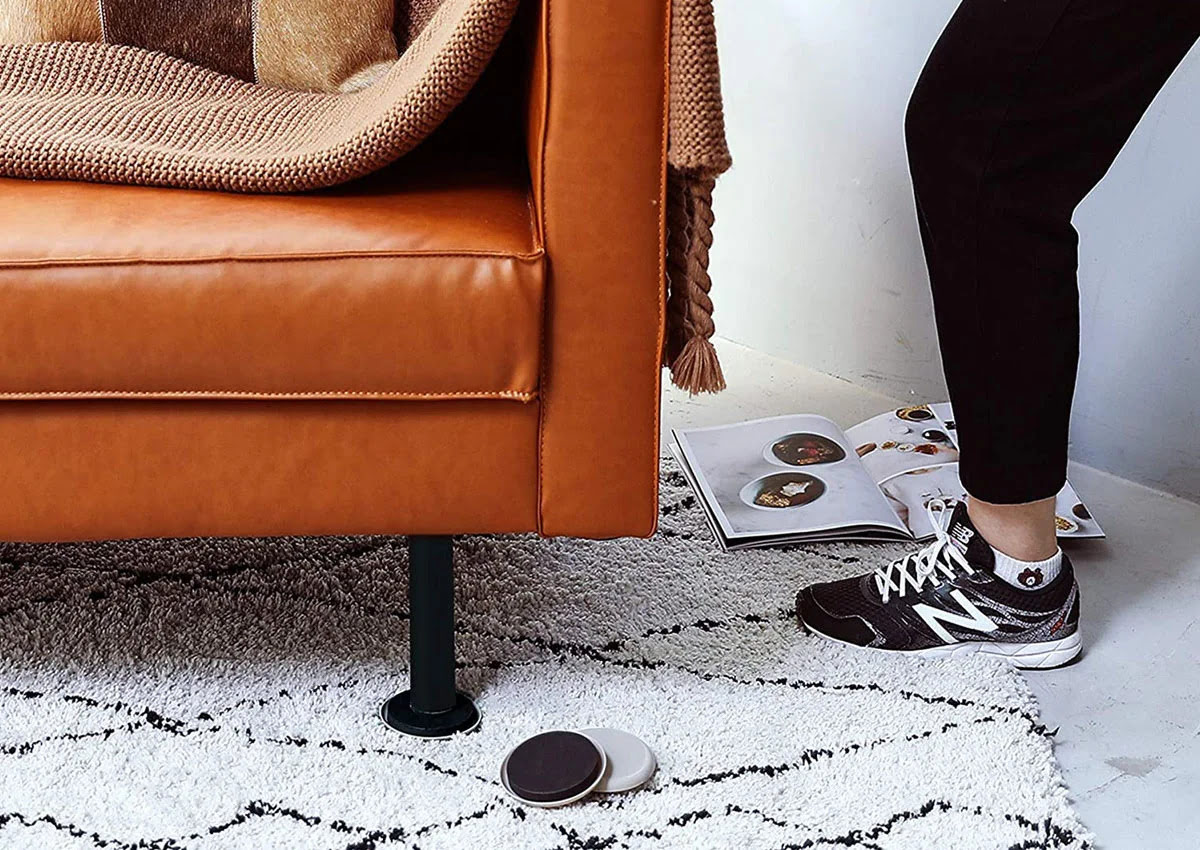
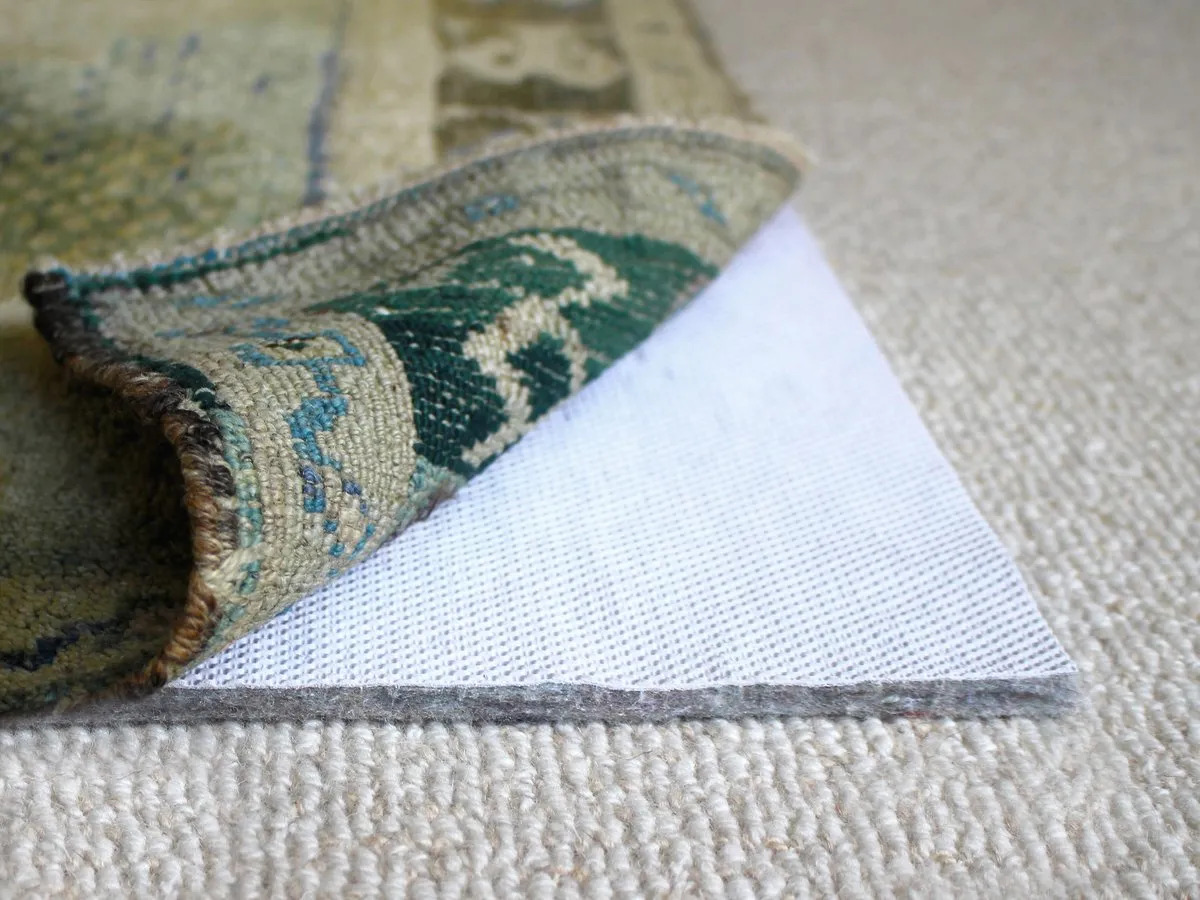
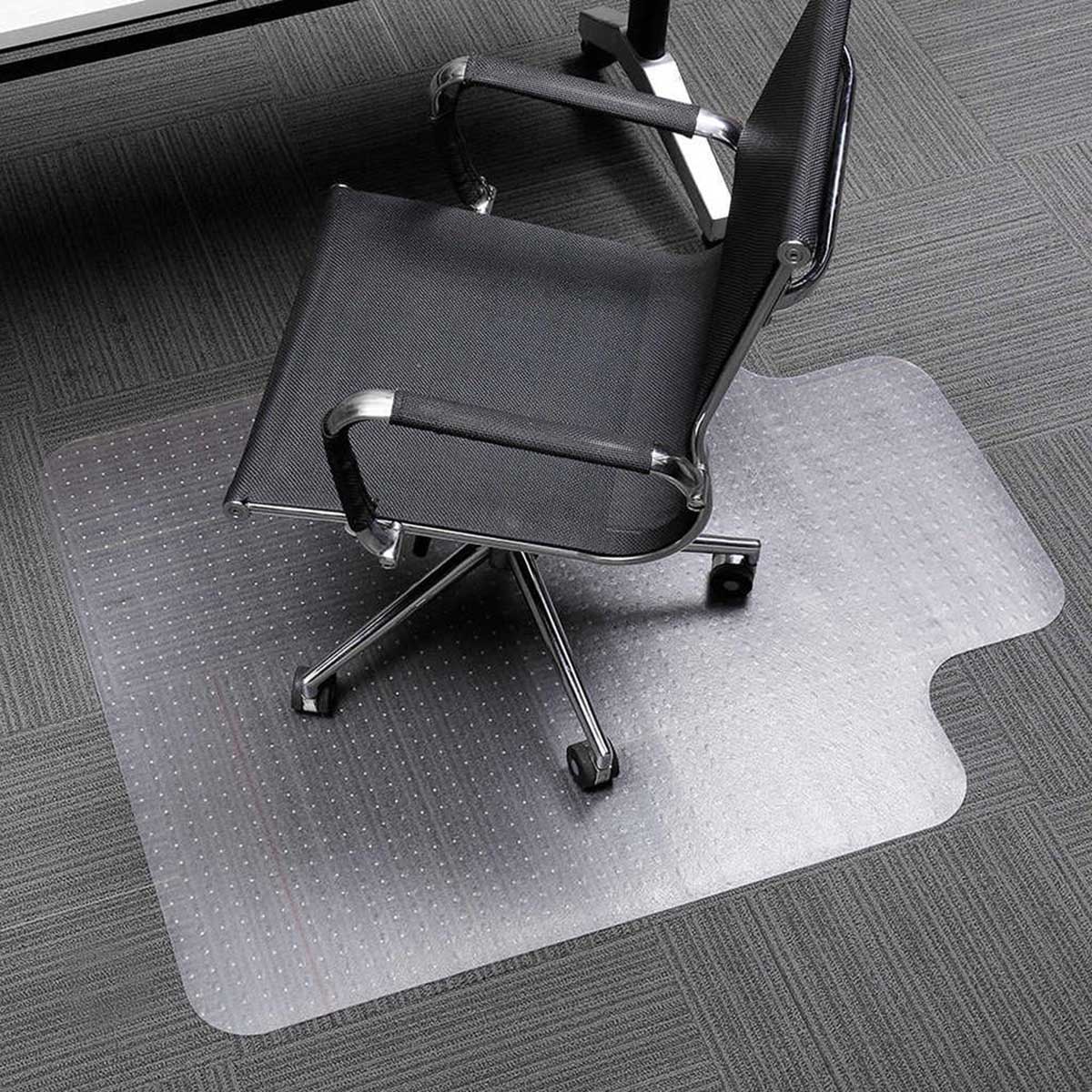
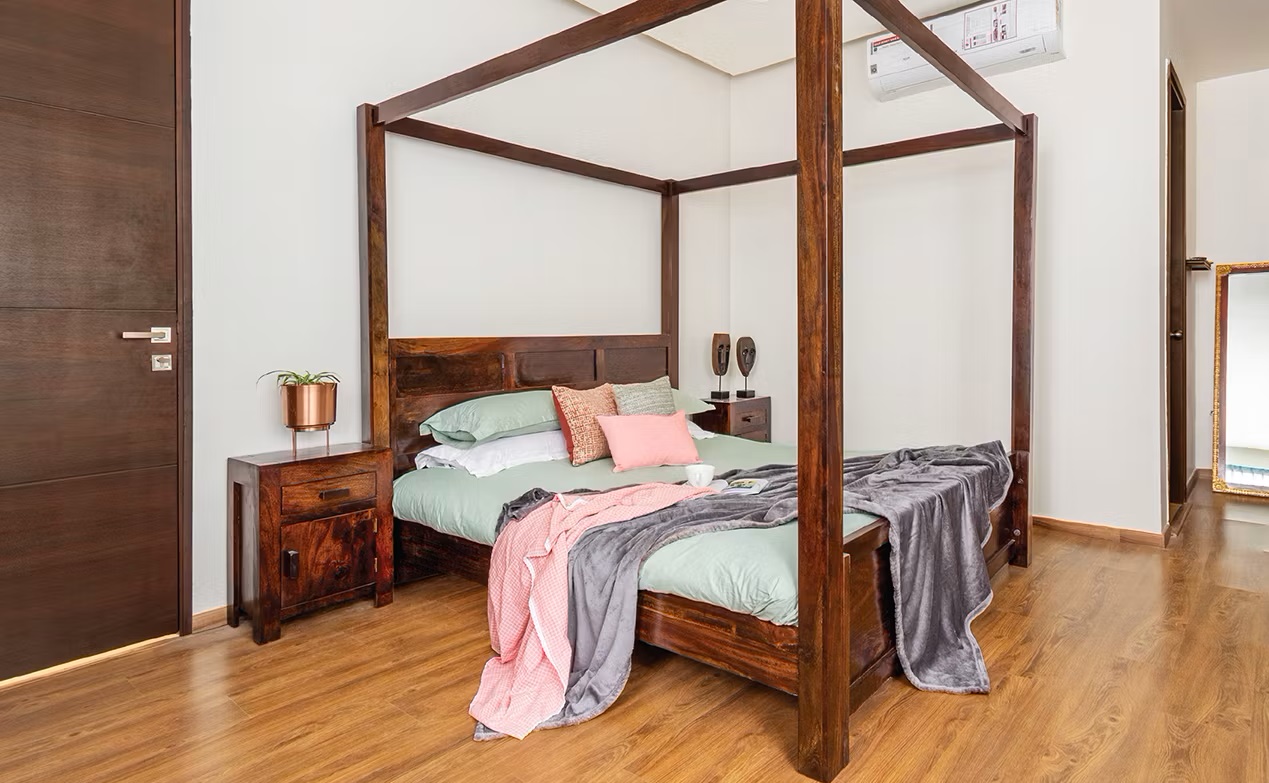
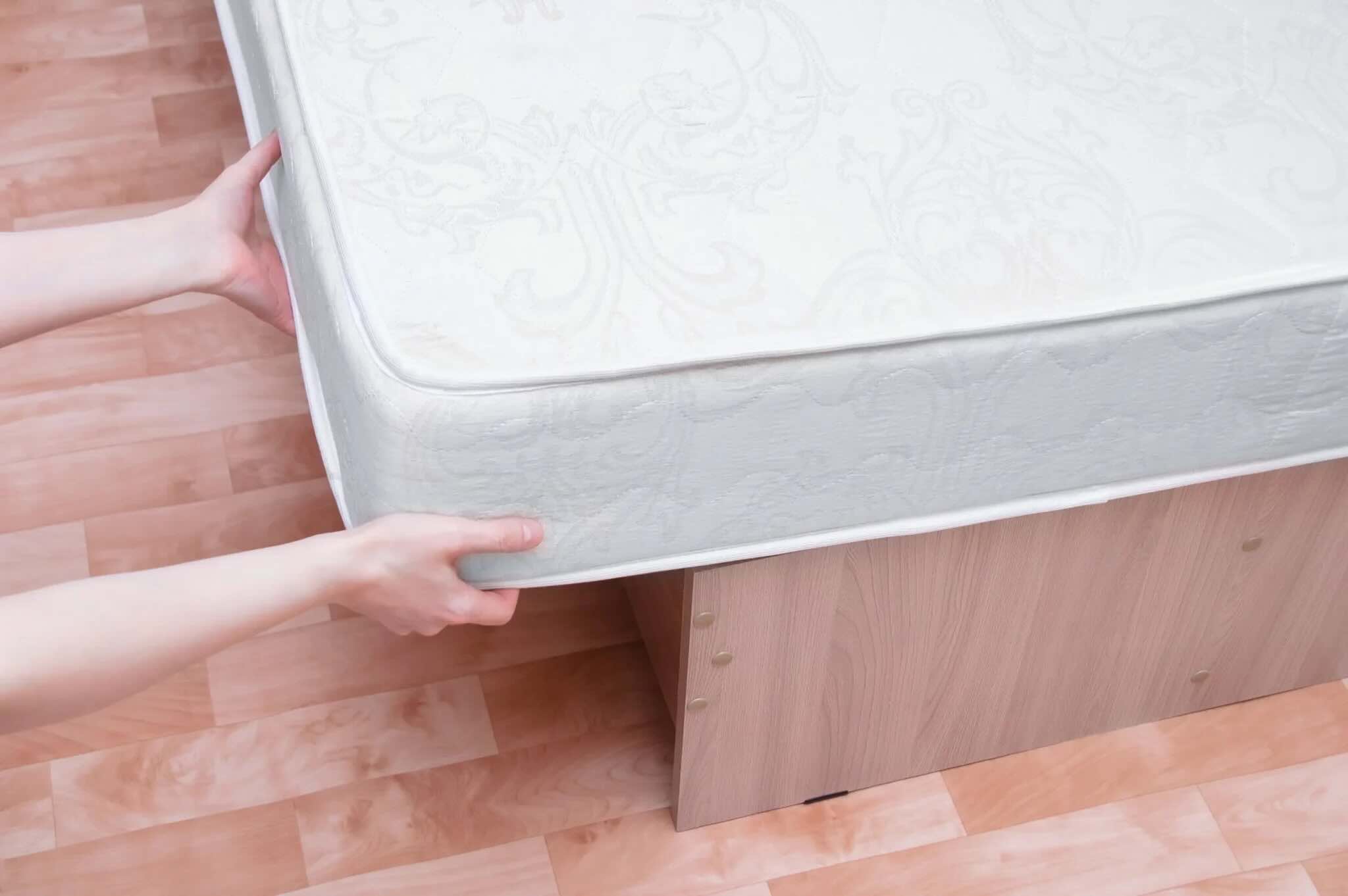
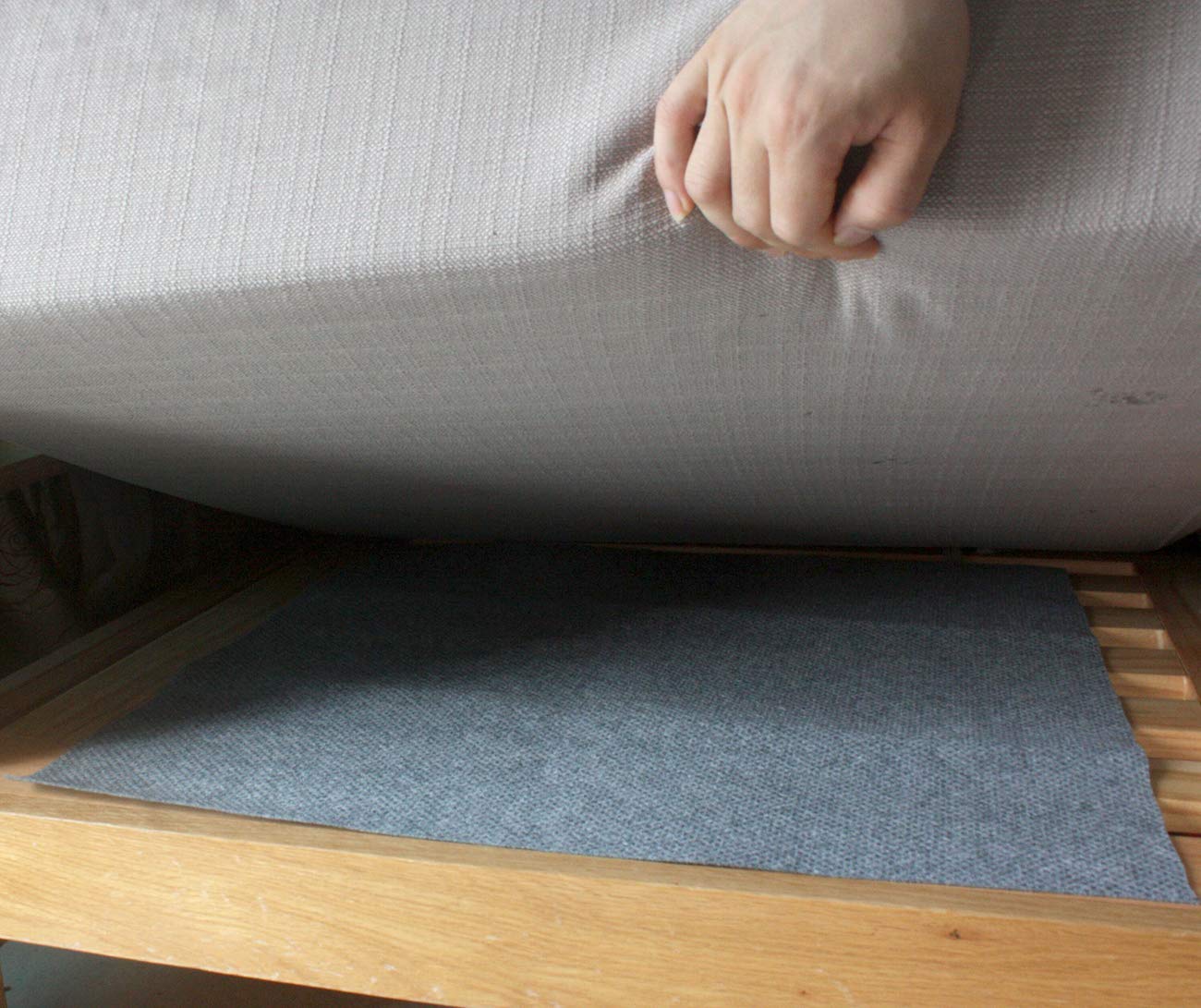
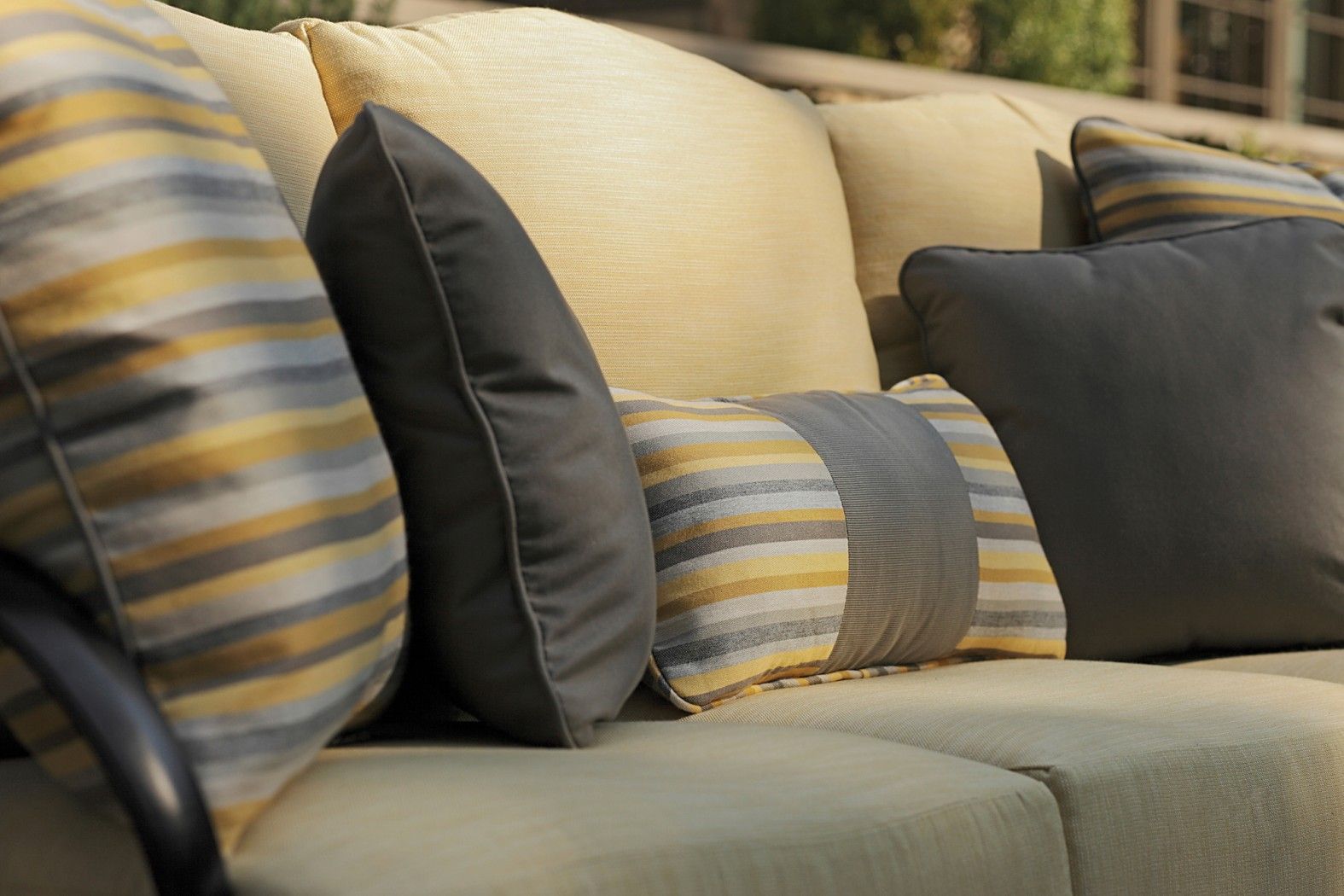
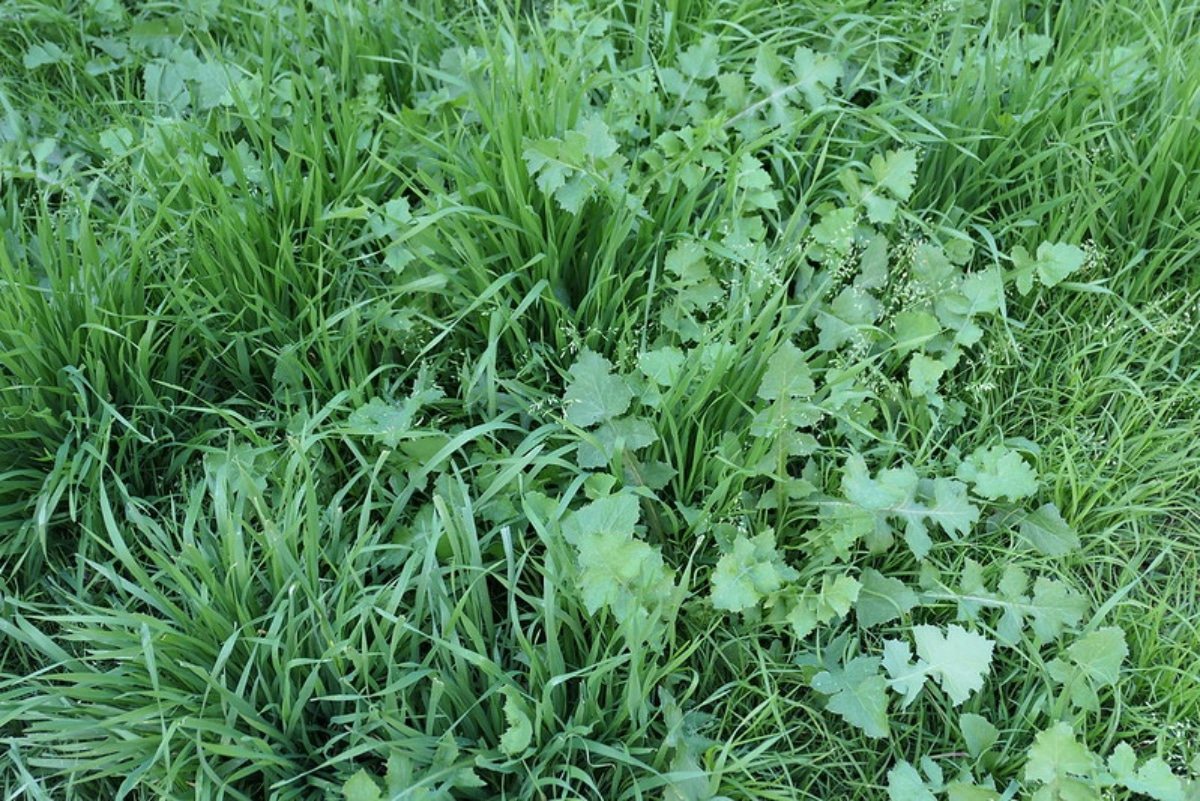
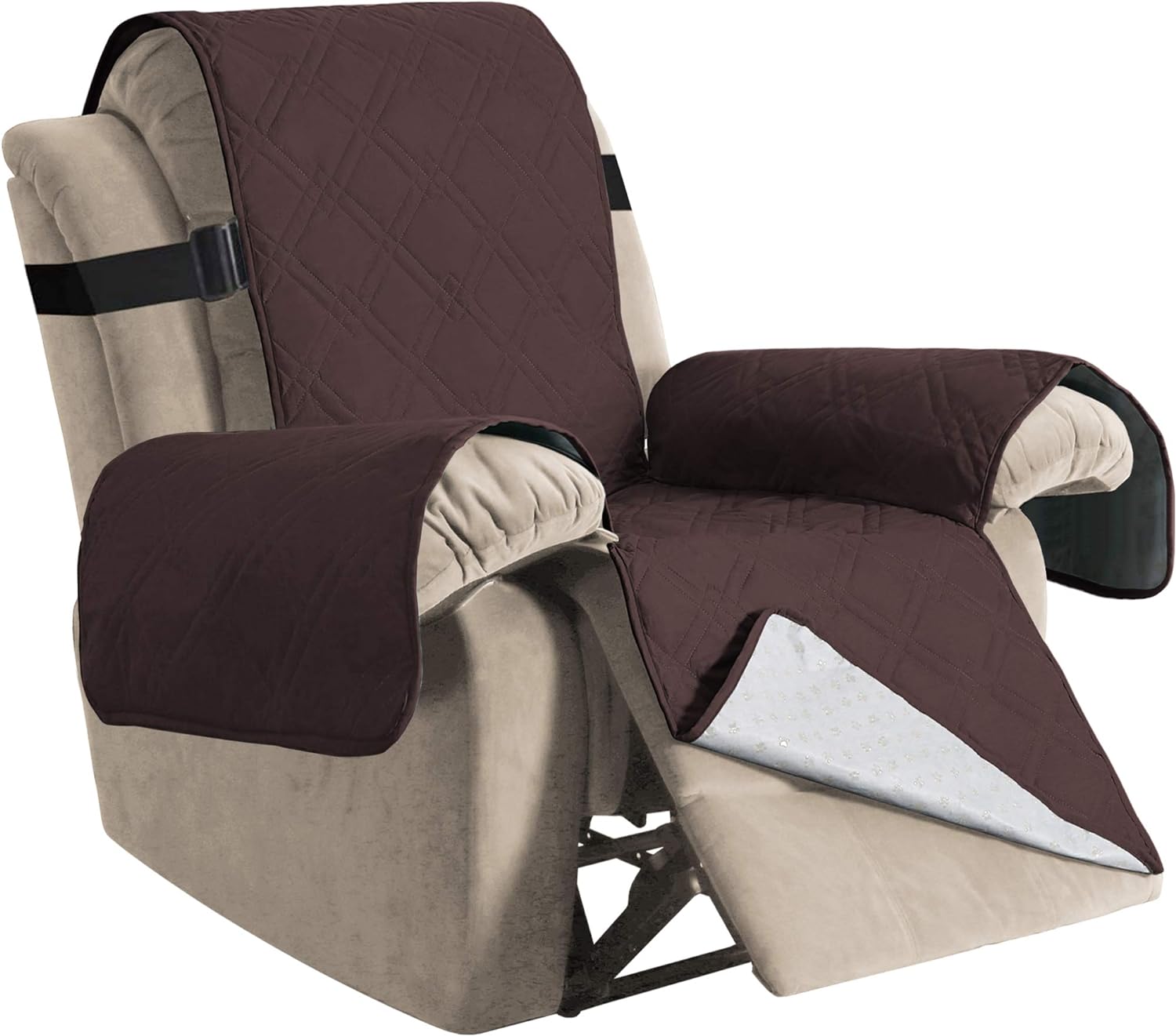
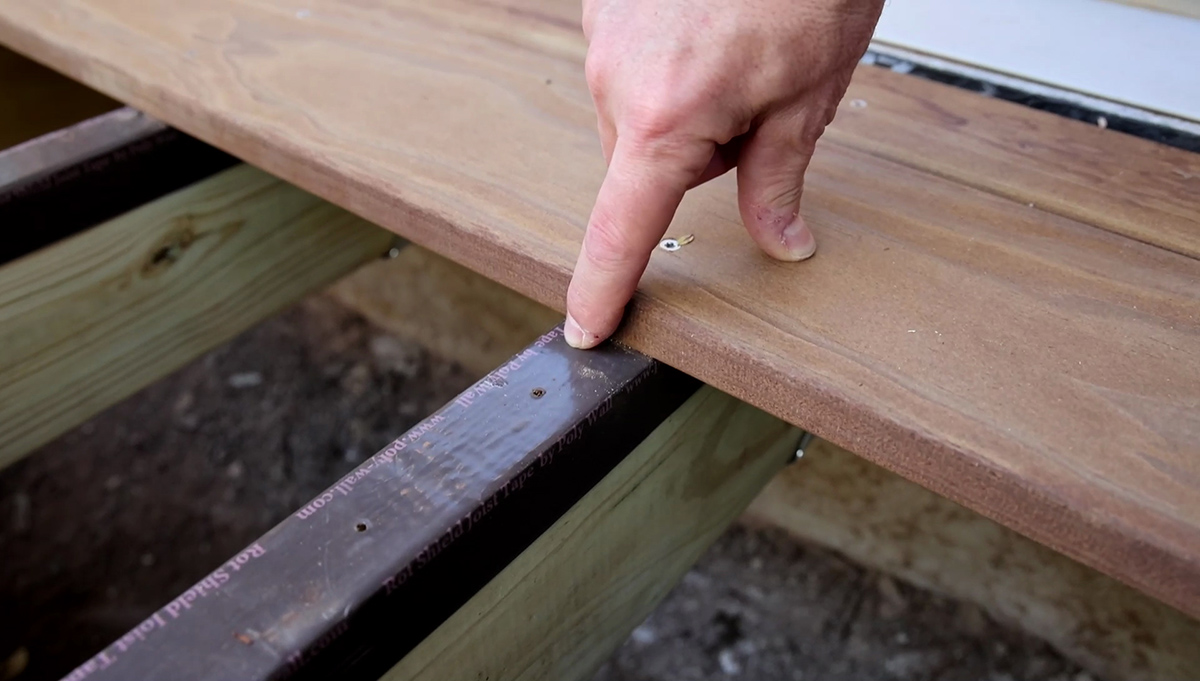
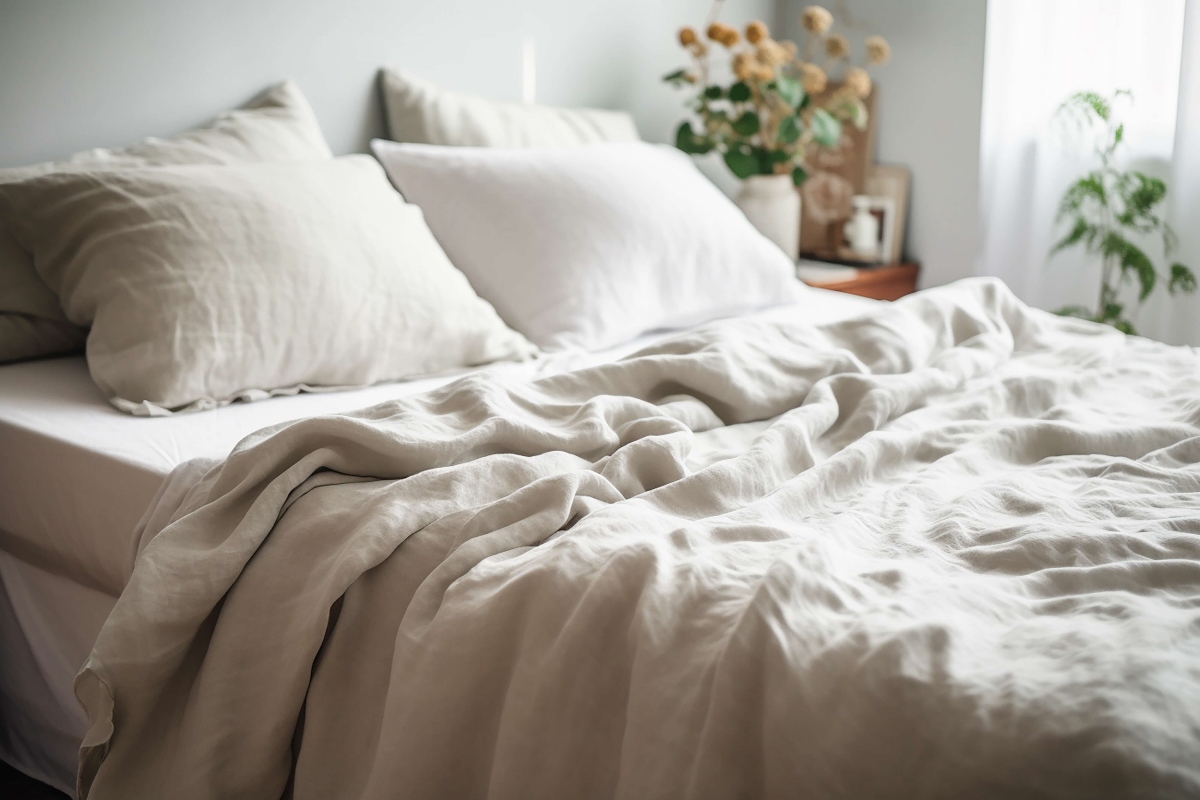
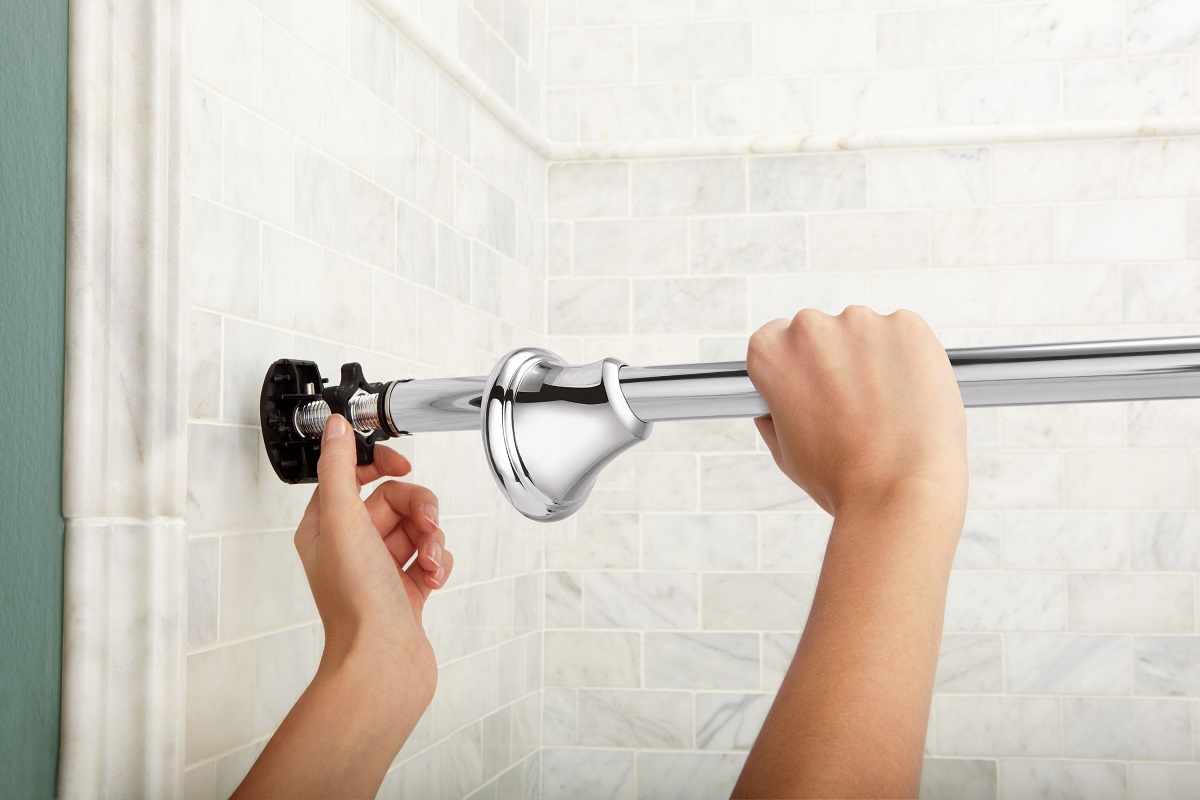
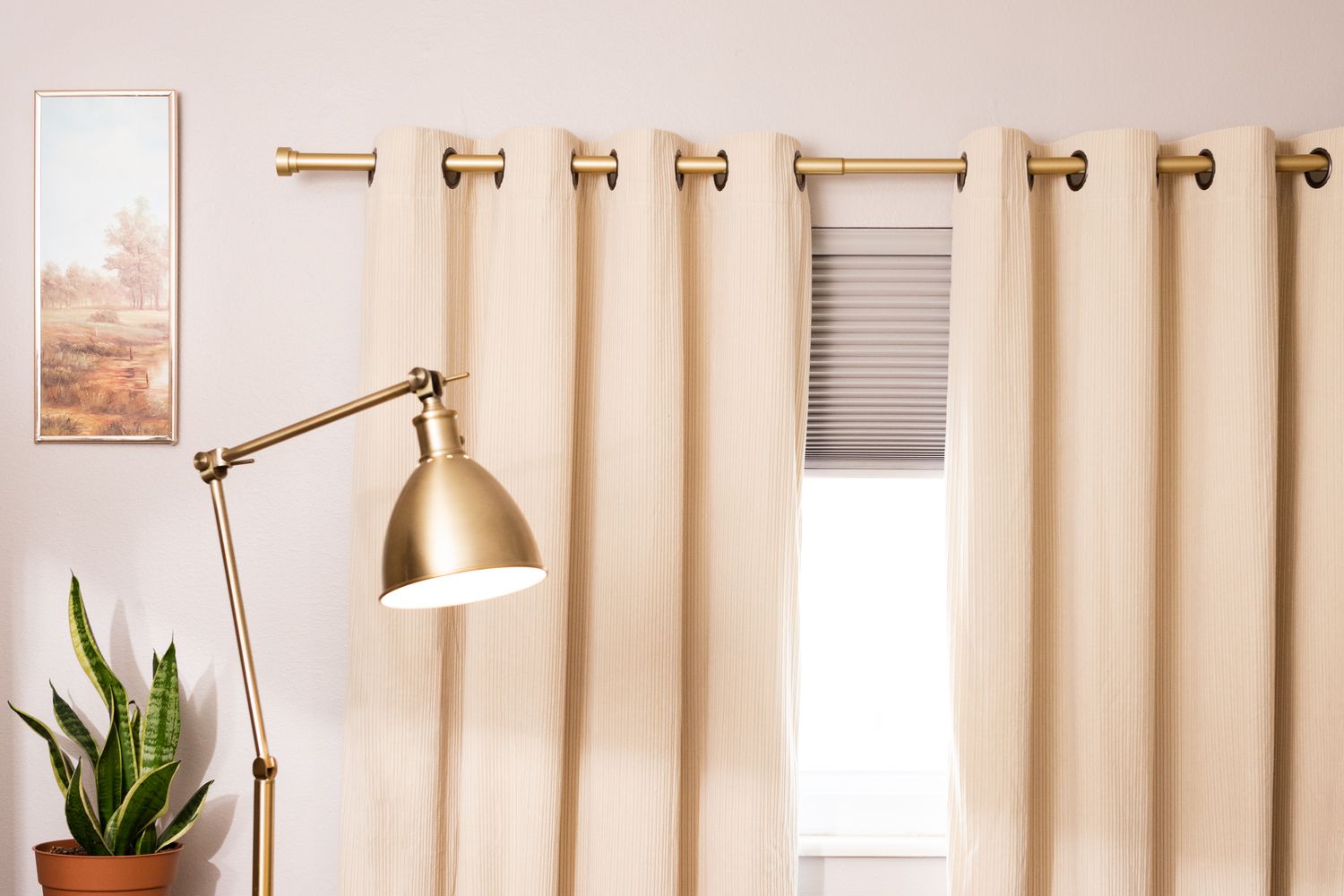

0 thoughts on “How To Prevent Cushions From Sliding”